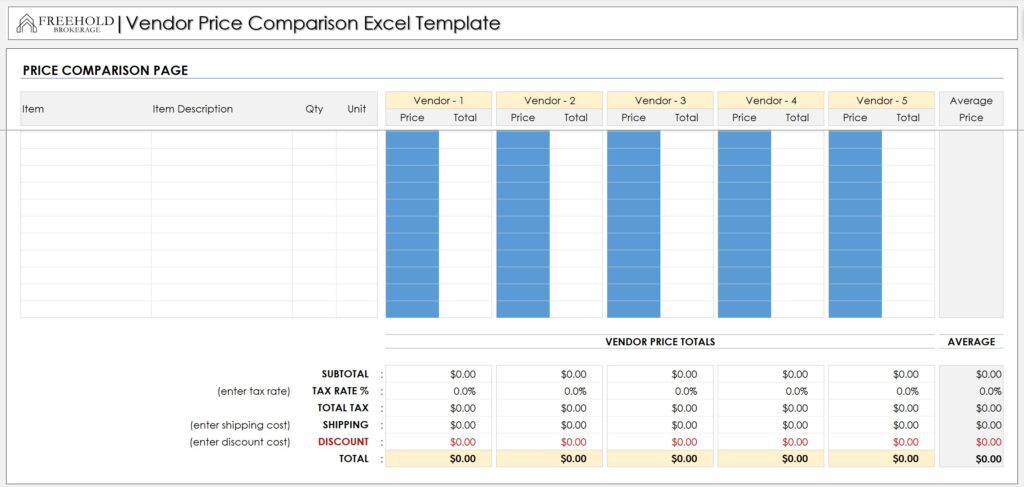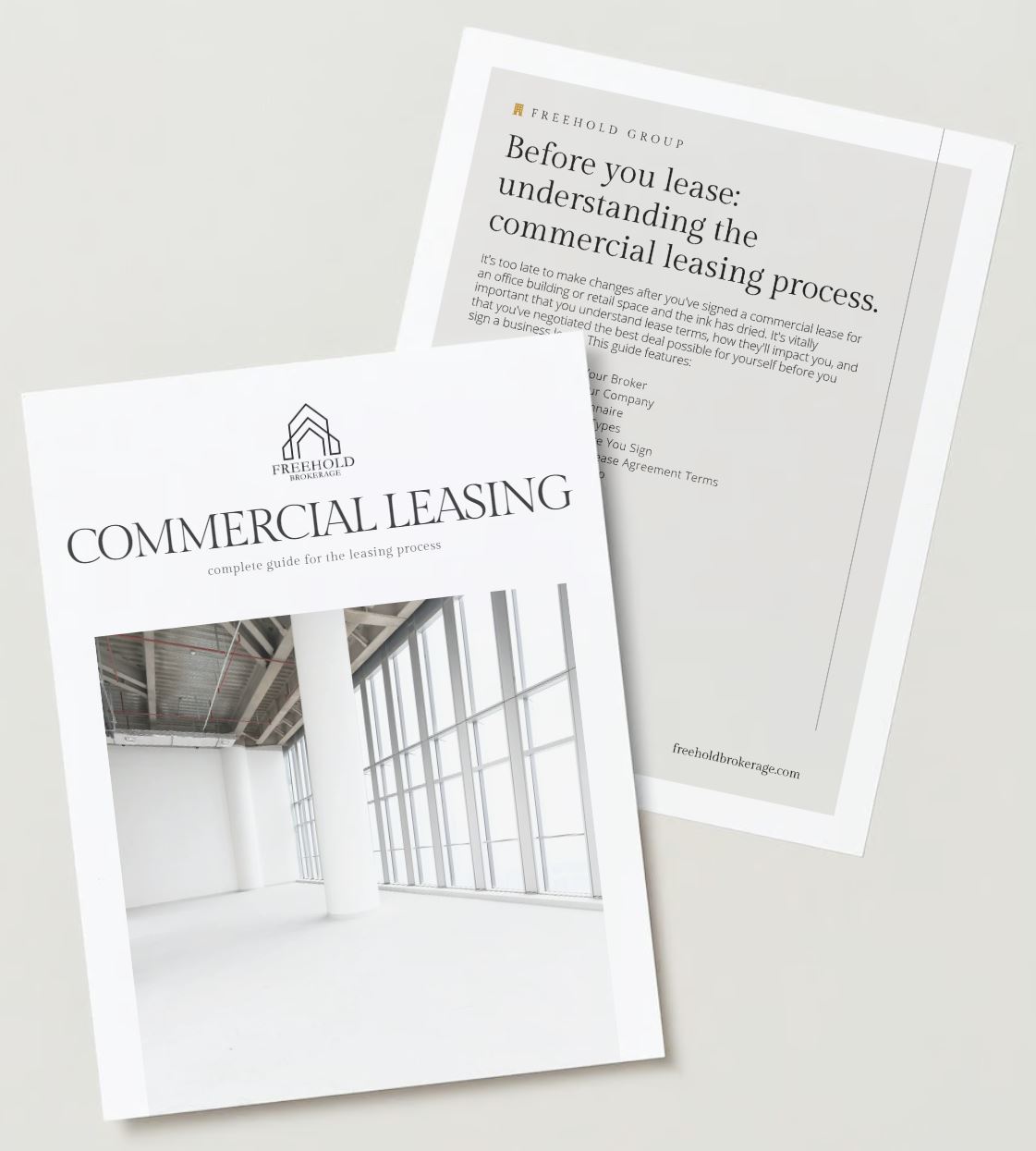Understanding Estimates and Bids in Real Estate: A Guide for Customers
When embarking on a commercial or residential real estate project, one of the most crucial steps is evaluating estimates or bids from various vendors. These estimates are comprehensive documents that outline the expected costs of your project. Here’s what you should look for in these estimates to make an informed decision:
Project Assessment The estimate should begin with a detailed project assessment, reviewing plans, specifications, and understanding the scope of work. This includes the types and quantities of materials, task complexities, and any unique client requirements.
Material Costs Look for a section where the contractor has detailed the material costs. This involves quotes from suppliers, current market prices, and considerations for quality and availability. The total material cost is calculated based on the required quantities.
Labor Costs Labor costs are estimated by calculating the hours needed to complete each task, considering worker skill levels, wage rates, and additional costs like overtime or subcontractor fees.
Equipment and Tool Costs If your project requires specialized equipment or tools, the estimate should include these costs, whether it’s for rental or purchase, along with any operating expenses.
Overhead and Markup A good estimate also accounts for overhead costs such as insurance, permits, administrative expenses, and includes a profit margin to ensure the contractor’s operational viability.
Contingencies A contingency factor is essential to cover unforeseen circumstances or changes in project scope, acting as a financial buffer.
Documentation and Presentation Finally, the estimate should be well-documented and presented, showing a transparent breakdown of all costs, including materials, labor, equipment, overhead, and contingencies.
As a customer, it’s important to understand these components to evaluate the fairness and accuracy of the bids you receive. To assist you in this process, we invite you to download our Bid Analysis Spreadsheet. This tool will guide you through analyzing and comparing different bids, ensuring you make the best choice for your real estate project.








